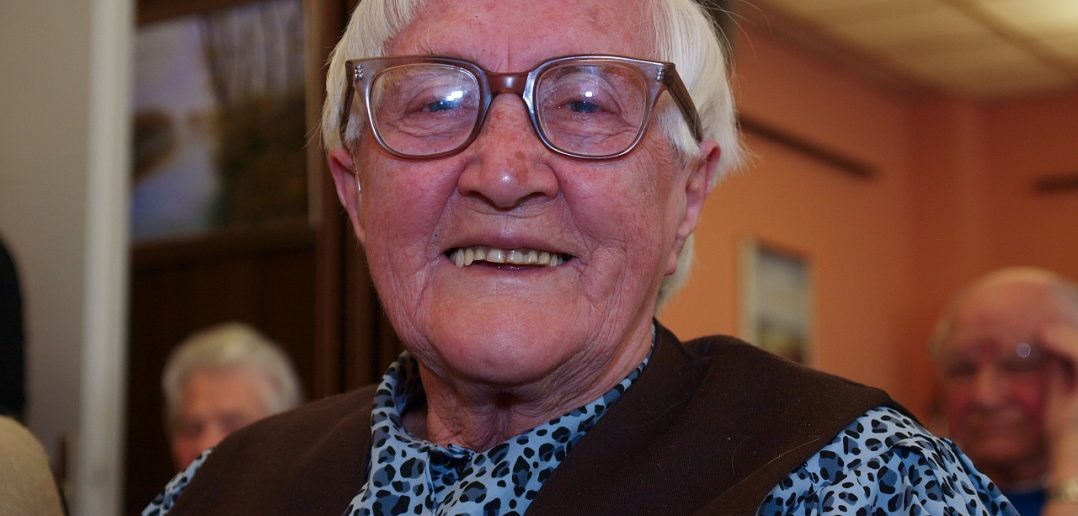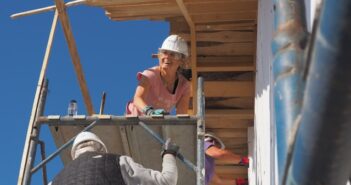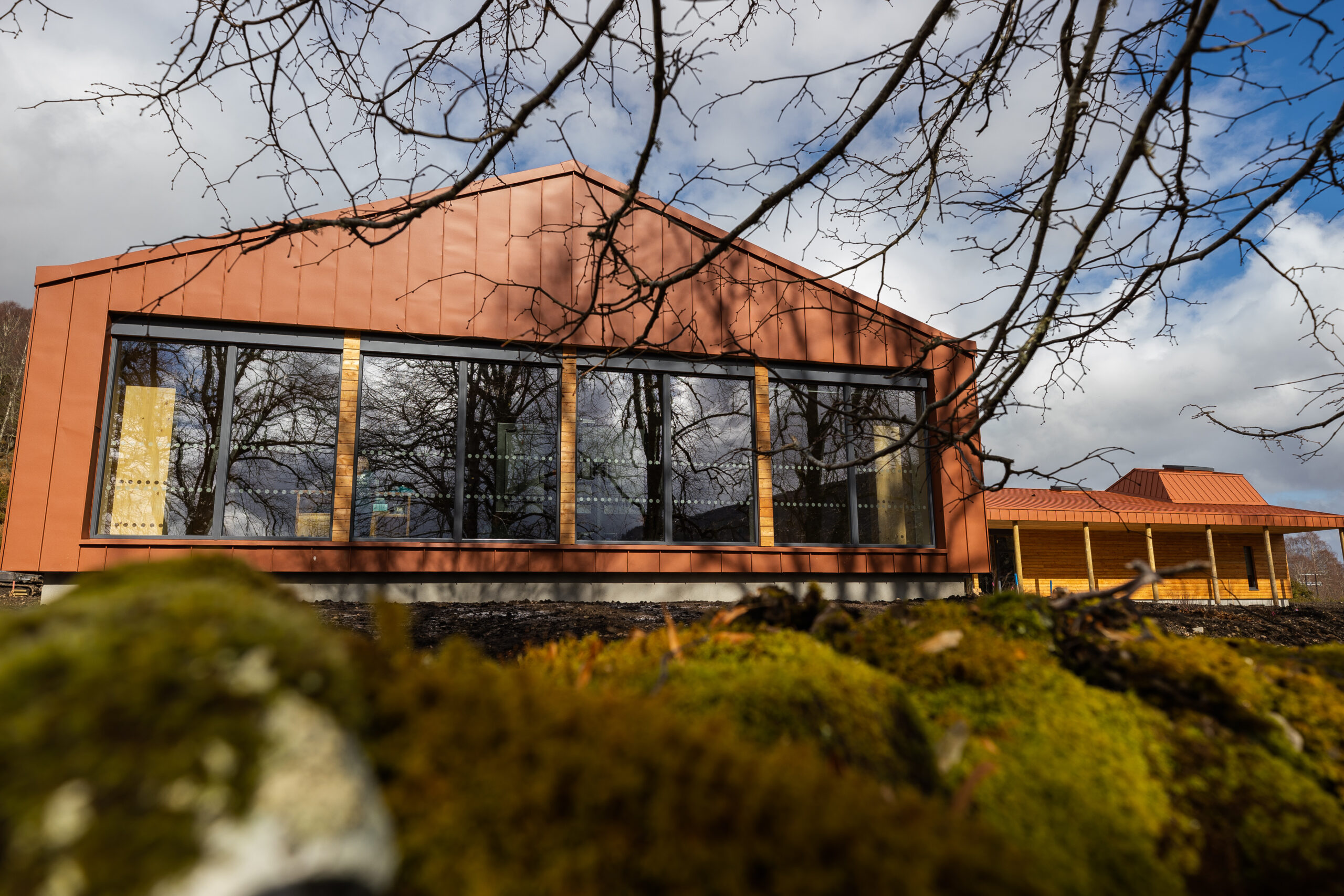Caring for an ageing population is an increasingly difficult proposition for many countries. Austerity is on the increase and falling birth rates mean less money is being poured into the tax base. This can mean, at the very least, that when people get older and are in need of care the resources simply aren’t there. Rather than throw their hands up in despair Holland has found new approaches, ones that not just innovate but that bring society closer together.
One scheme, in Deventer, Netherlands, gives university students small, rent-free flats in a nursing home, where the students live alongside the elderly residents and spend at least 30 hours acting as ‘good neighbours’.
The idea behind the project is to help ward off the negative effects of ageing. As part of being a ‘good neighbour’ students engage in a variety of activities with the older residents, such as celebrating important occasions, watching sports together, and most important, being a source of company and comfort when illness strikes.
Studies show that social isolation and loneliness are associated with increased mortality and the social interaction with the students helps avert feelings of disconnectedness in the elderly residents. Six students are currently taking part in the pilot program and there are similar ones in place in other countries, particularly Spain, where more than 20 are in place.
Dementia Village
The death of her father led Yvonne van Amerongen, a member of staff at a Dutch nursing home, to spend the next twenty years of her life making nursing homes more liveable. Her idea was to move away from the institutional feel of most homes for the elderly and instead have them reflect every day life as much as possible.
Today, the village of Hogeway, just outside Amsterdam, is a testament to van Amerongen’s commitment. Located in the town of Wheesp, the so-called ‘Dementia Village’ is revolutionising elderly care.
More than 150 residents live in groups of six or seven in a house that is designed to reflect the time period when residents’ short-term memories stopped properly functioning – everything from the table cloths and curtains, the furnishings and cutlery, are as close as possible to what life was like before residents became ill.
The village itself has a town square, garden, post office, and theatre – but the difference here is that cameras monitor residents around the clock and the 250 full- and part-time nurses and specialists go about their work dressed for myriad village occupations, meaning they may be wearing a post-office clerk uniform, or ‘work’ as a cashier.
The result of this unique treatment village? Residents at Hogewey eat better, live longer, require less medication – and they appear more joyful as they navigate this challenging time in their lives.
Holland, we salute you for your innovative approaches to care for the elderly.



